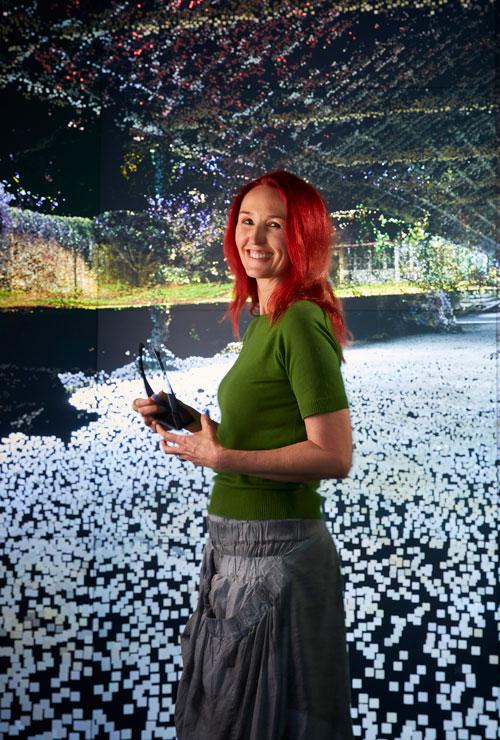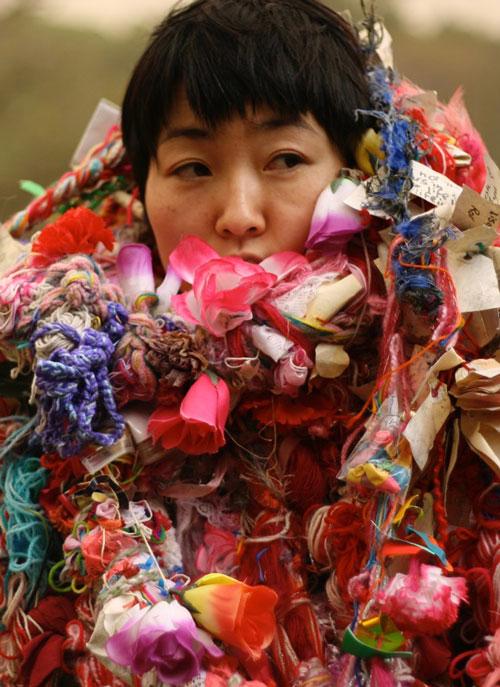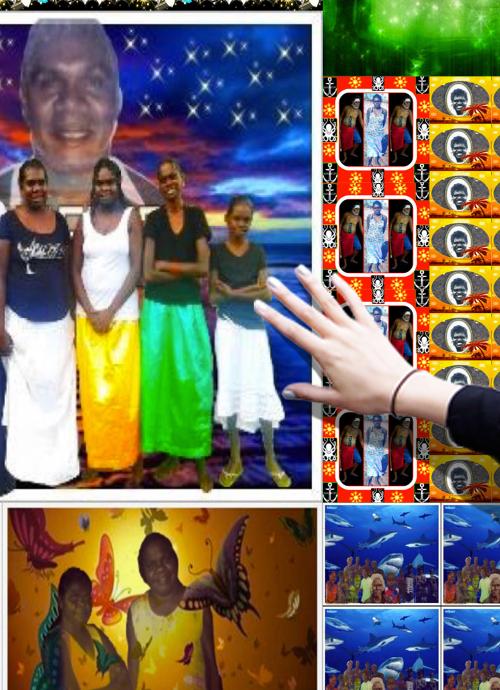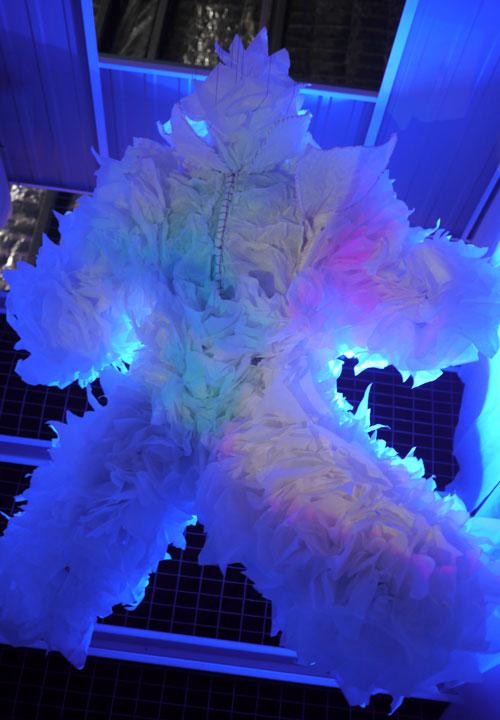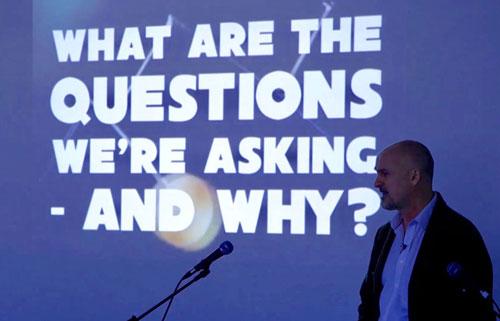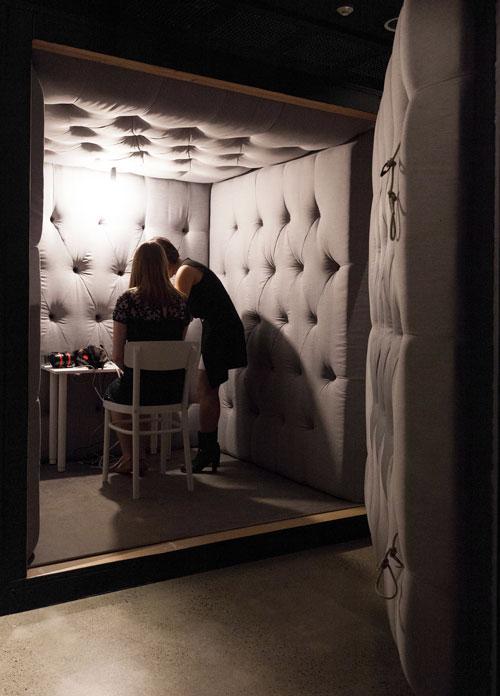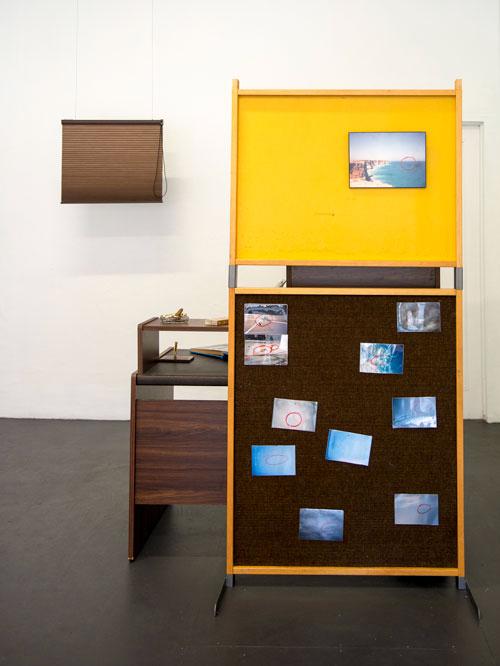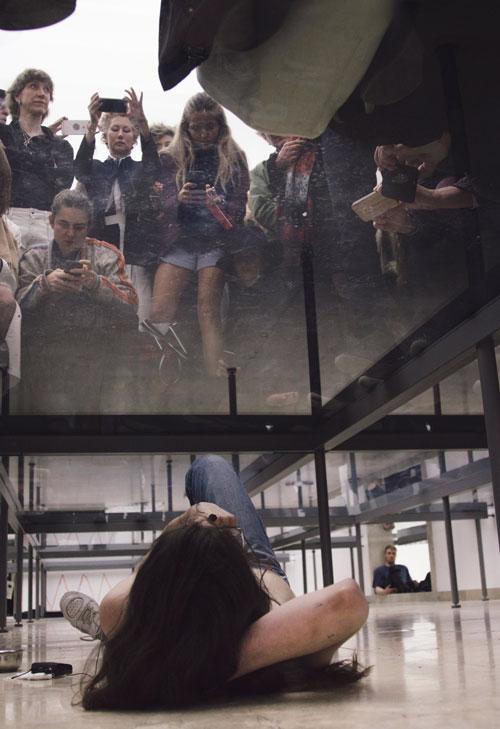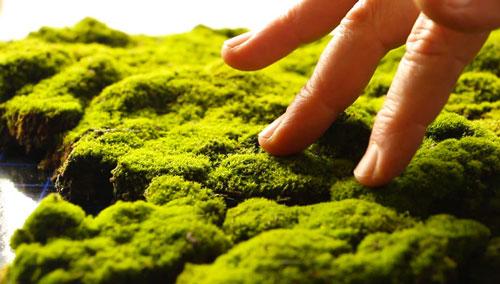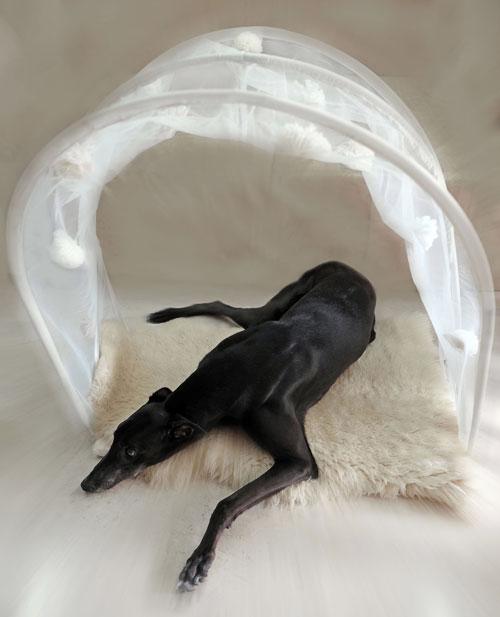The double-bind effect: Art and anxiety in a digital age
It’s not uncommon to hear people joke that they are addicted to the internet. While internet addiction is not yet an accepted part of official diagnostic vocabulary, it looms large in the popular imagination, acting as a vessel for widespread anxieties about the mental health impacts of technological progress. According to psychologist Mark D. Griffiths, the term has been present in scientific literature since the mid‑1990s and is likely to eventually gain recognition from official medical bodies as a similar phenomenon to other behavioural addictions like “gambling disorder”.

